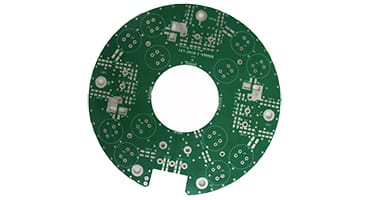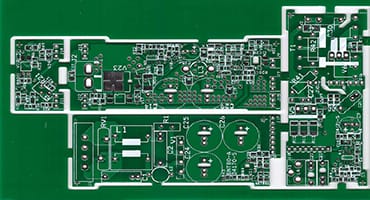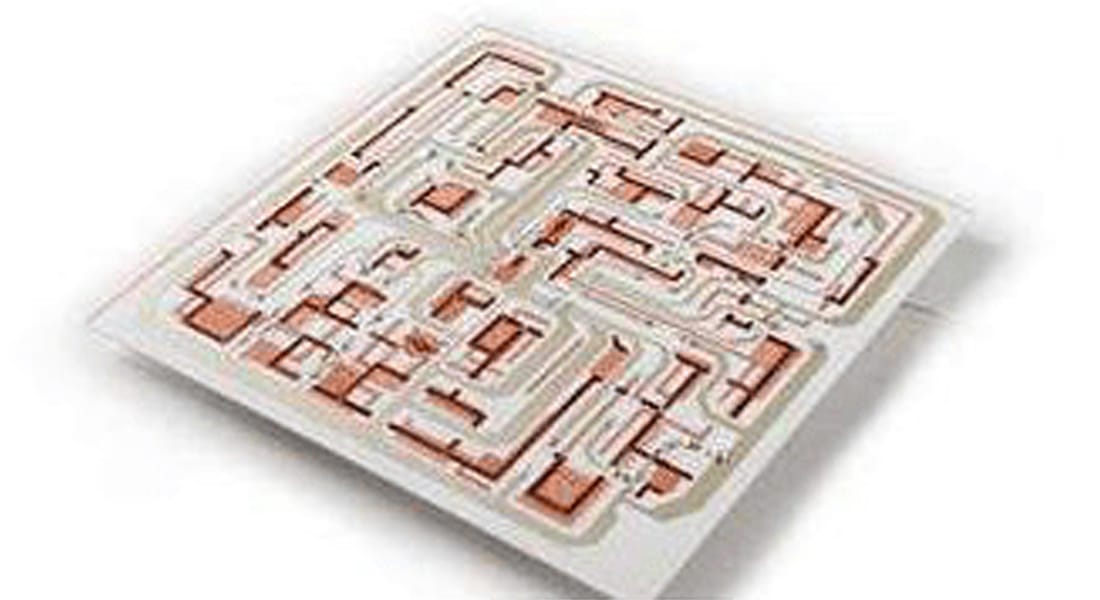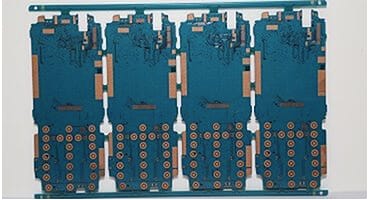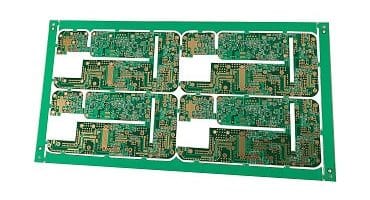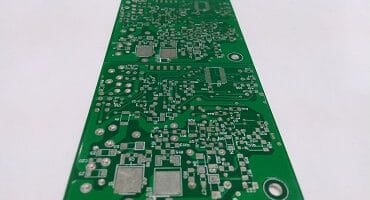What Is
Rigid PCB
A rigid PCB, or Rigid Printed Circuit Board, is a type of printed circuit board that has a rigid, inflexible substrate material. Unlike flexible PCBs, which can bend or conform to a shape, rigid PCBs maintain a fixed form. Rigid PCBs are widely used in various electronic applications, providing a stable platform for mounting and interconnecting electronic components.
Rigid PCBs are the traditional and widely used form of printed circuit boards, providing a stable and reliable platform for electronic devices across various industries.
Here are some key characteristics and aspects of rigid PCBs:
Substrate Material
Rigid PCBs typically use rigid substrate materials such as fiberglass (FR-4), which is a common and cost-effective choice. Other materials may include ceramic, metal core, or composite materials.
Layer Structure
Rigid PCBs can have multiple layers of conductive material and insulating layers. The layers are laminated together to create a rigid structure with predefined electrical connections.
Component Mounting
Electronic components, including integrated circuits, resistors, capacitors, and other devices, are mounted on the rigid PCB using soldering techniques. Through-hole or surface-mount technology (SMT) may be employed depending on the design.
Applications
Rigid PCBs are used in a wide range of applications, including computers, consumer electronics, medical devices, industrial equipment, automotive systems, and more. They serve as the foundational structure for electronic systems.
Form Factor
The form factor of rigid PCBs is fixed and does not allow for bending or flexing. This makes them suitable for applications where a stable and rigid platform is required.
Stackup Design
The stackup design of rigid PCBs involves the arrangement of copper layers, insulating layers, and other materials. The stackup is tailored to meet specific electrical and mechanical requirements.
High Mechanical Strength
Rigid PCBs offer high mechanical strength and stability. They are less prone to deformation or damage from external forces compared to flexible PCBs.
Cost-Effective
Rigid PCBs are often more cost-effective to manufacture compared to flexible PCBs. The rigid nature of the substrate simplifies the manufacturing process and reduces material costs.
Durability
Rigid PCBs are durable and can withstand harsh environmental conditions. They are suitable for applications where the board is not subject to bending or flexing during use.
Single-Layer or Multi-Layer
Rigid PCBs can be single-layer or multi-layer, depending on the complexity of the circuit design. Multi-layer rigid PCBs provide increased routing options and are suitable for more complex electronic systems.
Ease of Assembly
Assembly processes for rigid PCBs are well-established and straightforward. Components can be easily placed and soldered, and automated assembly processes are commonly used.


